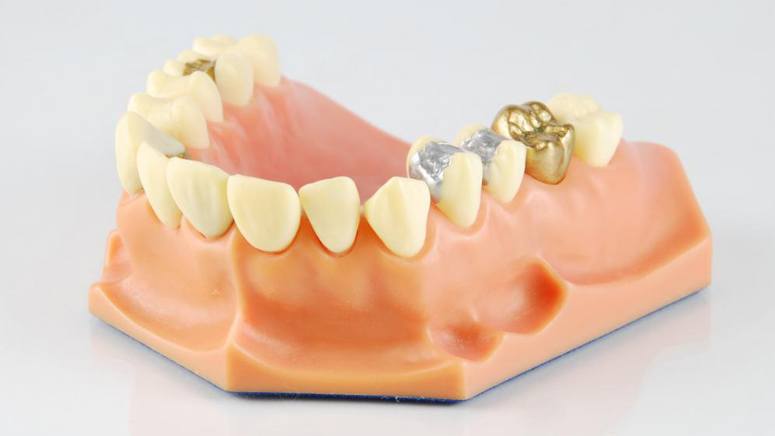Disadvantages

- Gold: More expensive than other materials, and may call for many office visits.
- Silver: Due to a wider range of expansion and contraction, it may be necessary to remove more teeth to create a cavity-sized opening large enough to accommodate a filling. It also gives the surrounding tooth structure a grayish tint and increases the risk of tooth cracks and fractures. In some cases, it may also cause allergies.
- A tooth-colored composite filling can cost up to twice as much as an amalgam filling, take longer to place, require more visits, and last for at least five years (as opposed to the 10 to 15 years of other materials). It may also chip off the tooth depending on where it is placed.
- Ceramics: They can be as expensive as gold.
- Glass ionomer: Costs about the same as composite fillings, lasts five years or less, is weaker than composite resin, and is more susceptible to wear and fracture.













